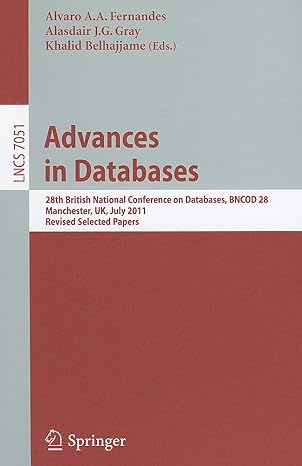Question
Hi! I have a question for programming with c. I tried to implement it but my solution does not work. How would the code look
Hi!
I have a question for programming with c. I tried to implement it but my solution does not work. How would the code look like to answer the question below:
Create a program that outputs the IEEE 754 double-precision binary representation for a passed floating-point number. The floating point number is passed as a command line parameter, where a valid floating point number has the following parts: (1) optional plus or minus sign (2) a non-empty sequence of decimal digits which optionally contains a decimal point (3) optionally an e or E with an optional plus or minus sign and a non-empty sequence of decimal digits.
The user passes a floating point number as command line parameter. (1) If no parameter is passed, the program prints the text "usage: ./s09e02
The text "Number:
The sign (sign), exponent (exponent) and mantissa (mantissa) components of the floating point number are calculated and output in the format "
The text "sign exponent mantissa " is printed on the standard output.
The program is terminated with EXIT_SUCCESS.
Tip:
You can use a union consisting of a double and a uint64_t component to get the bit representation of a double precision floating point number.
The strtod function can be helpful in converting the passed parameter.
Keep exactly to the format of the examples and do not output any additional text!
I can send you my code if you want to so that you can look for the mistake there.
Thank you!
Best regards,
Fiona
The output should look like this:
./s09e02 4.1 Number: 4.100000e+00 Binary representation: 0 10000000001 0000011001100110011001100110011001100110011001100110 sign exponent mantissa
Step by Step Solution
There are 3 Steps involved in it
Step: 1

Get Instant Access to Expert-Tailored Solutions
See step-by-step solutions with expert insights and AI powered tools for academic success
Step: 2

Step: 3

Ace Your Homework with AI
Get the answers you need in no time with our AI-driven, step-by-step assistance
Get Started


